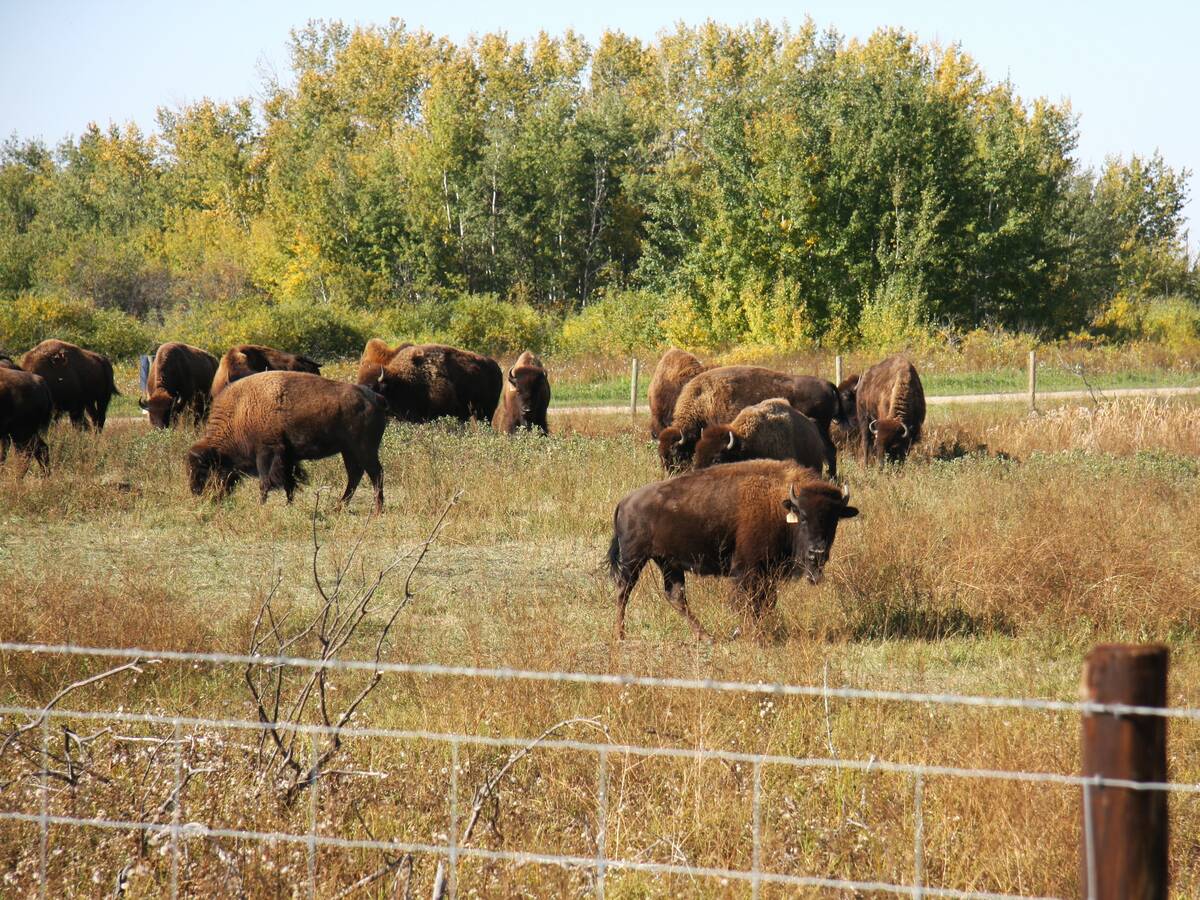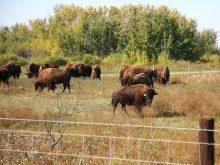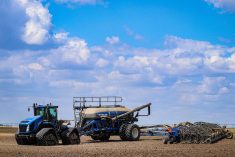CHICAGO (Reuters) — With the U.S. soybean harvest around the halfway mark and the corn harvest about a third complete, farmers continue to find better-than-expected yields, grain handlers and agronomists said this week.
Producers in the Midwest crop belt have focused on soybeans for the last week and a half, hustling to get them out of the fields because they generally are more prone to weather damage than corn.
So far, yield reports suggest the soybean crop was able to endure a late-summer drought with only limited loss of yield. The so-called “flash drought” hit especially hard west of the Mississippi River in August, a key growth period for soybeans.
Read Also

National Day for Truth and Reconciliation: Acknowledging the past, seeking a better future
How can the treaty rights of Indigenous peoples be honoured in a way that gives them a proper seat at the table when it comes to farming in Canada?
“Yields have been consistently better than expected, probably five bushels an acre better,” said Craig Haugaard, grain marketing manager for North Central Farmers Elevator, a co-operative based in Ipswich, South Dakota.
Soybean yields in the co-operative’s area are averaging 30 to 35 bushels an acre, Haugaard said, which is slightly below normal. However, he said, “considering the weather conditions we were facing, it’s a huge win. We went through virtually all of August with no rain, and it was looking pretty depressing.”
Soybean yields in north-central Iowa, typically the No. 1 soybean producer, were running at roughly 45 to 50 bushels an acre, said Karl Setzer of the MaxYield Cooperative in West Bend.
“A lot of soybeans are coming in five to 10 bushels per acre higher than what was expected, through some of the poorer fields we have seen. It’s pretty surprising,” Setzer said.
The U.S. Department of Agriculture in September projected Iowa’s soy yield at 43 bushels per acre and total production at 405.5 million bushels. But Iowa’s soy output is on track to fall behind Illinois’ for the first time in a decade as Iowa was hit hard by the late-summer drought.
Soybean yields in central Illinois were running in the 50s and 60s, said Emerson Nafziger, extension agronomist at the University of Illinois.
A soybean field in Monmouth, in western Illinois, he said, yielded 60 to 65 bpa despite one of the driest summers in history. However, some later-planted fields have struggled.
“We’re not hearing about some of the 80s they’ve gotten before,” Nafziger said.
A grain merchandizer in west-central Indiana reported soybean yields at 50 to 55 bpa, while a merchant in southern Ohio reported yields ranging from 47 to 74 bpa.
Corn harvest progress lagged behind soybeans, but early reports indicated that yields were surpassing expectations east of the Mississippi River, while reports to the west were mixed.
A private survey of grain elevators in central Illinois, drawing from some of the most productive cropland in the Midwest, showed corn yields ranged from 175 to 217 bpa, with an average of 193.7 bpa.
Last month, the USDA estimated the statewide Illinois average at 165 bpa.
“In talking to co-ops from north-central to south-central Illinois, yields are surpassing expectations for both corn and beans,” said Mike Hall, head of MLH Futures in Litchfield, Illinois, who works with Midwest county elevators and cooperatives.
Nafziger agreed, noting that the state benefited from mild weather during pollination in July. Corn yields ranged from 170 to 250 bpa in the University of Illinois’ trial plots.
“We just had no rainfall in August or September,” Nafziger said. “But everyone had good pollination conditions. Both of these crops were set up with good root systems and soils that are able to hold a lot of water.”
In Iowa, the top U.S. corn state, yields were mixed. Iowa State University extension agronomist Roger Elmore said yields were running from 130 to 140 bpa in dry areas near the centre of the state, and from 160 to 180 bpa elsewhere.
“Central and north-central yields of corn at least are worst. It hasn’t looked that bad around here for a long time,” Elmore said, adding that “northwest and part of northeast and east-central Iowa look much better.”
Iowa test weights have been good and there were no concerns about grain quality, Elmore said.
Early yield reports were hit-and-miss in Minnesota, projected as the No. 4 corn-producing state this year.
“On average, Minnesota yields are looking OK, but it’s going to be highly variable,” said Jeff Coulter, University of Minnesota extension agronomist.
“The big factor was the amount of rainfall we had in August and September. A lot of places were very dry, and other places picked up a few timely rains that carried them through,” Coulter said.
















